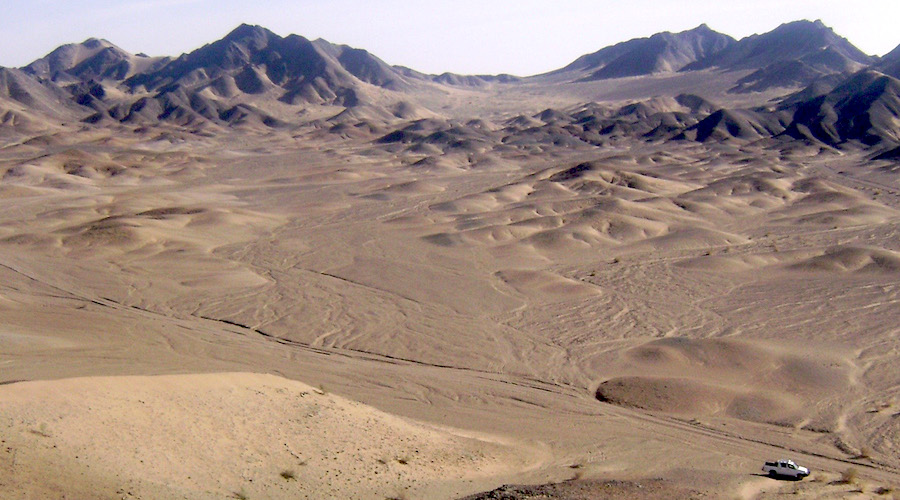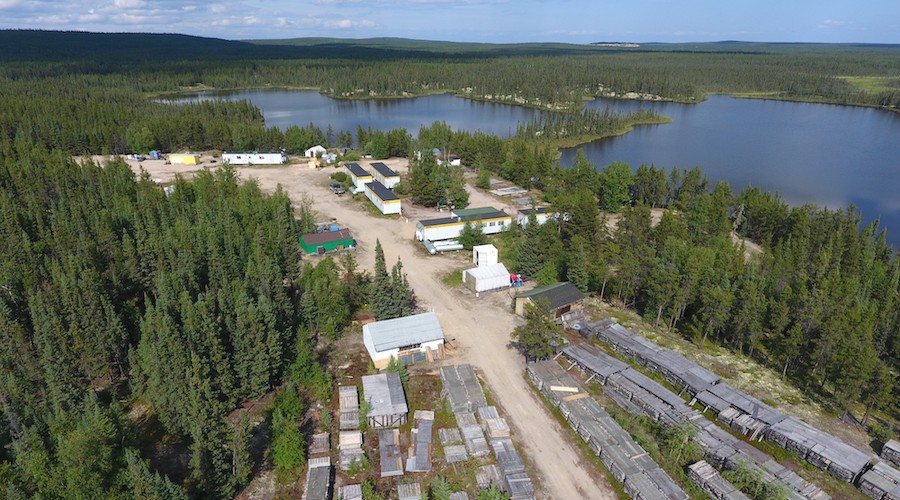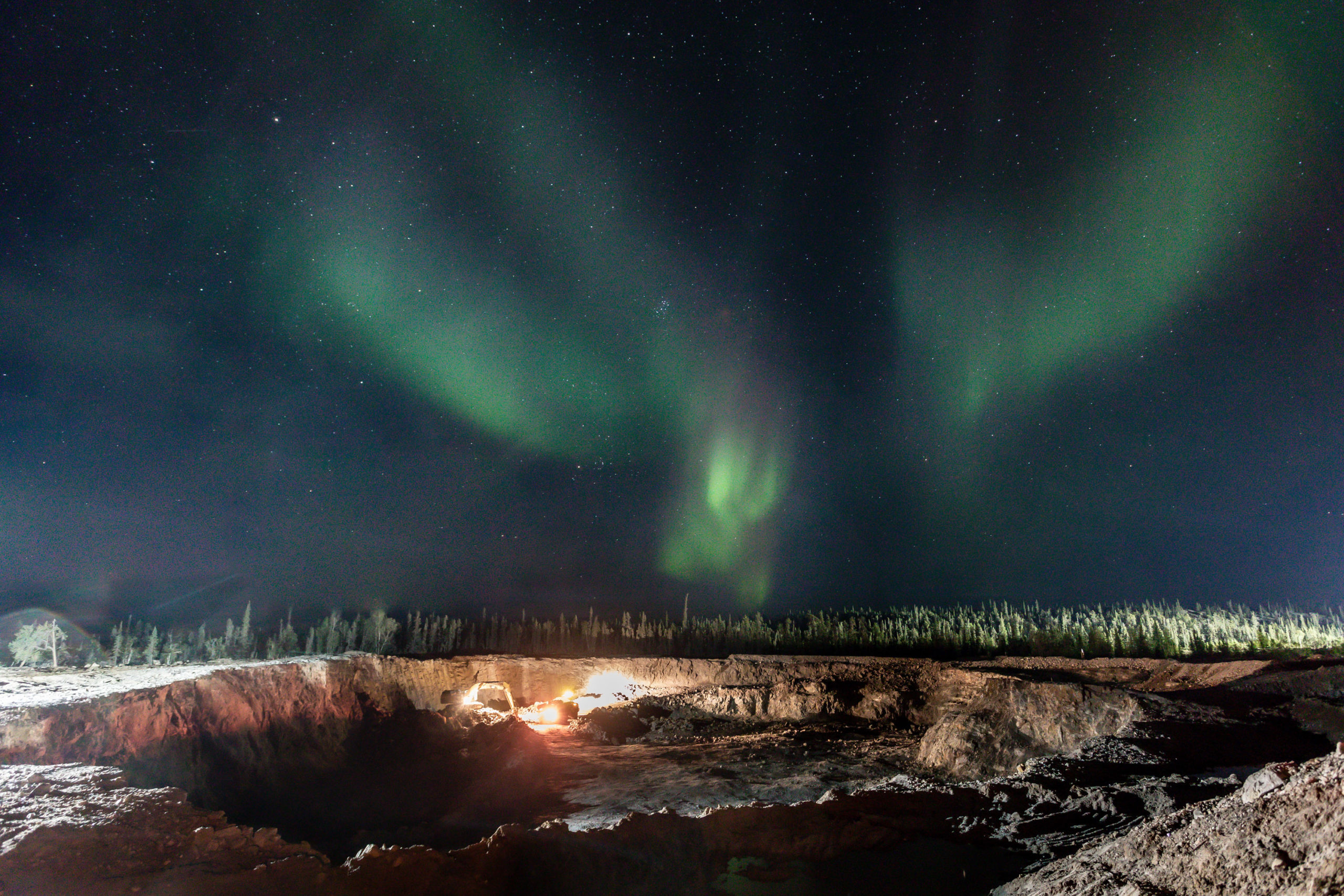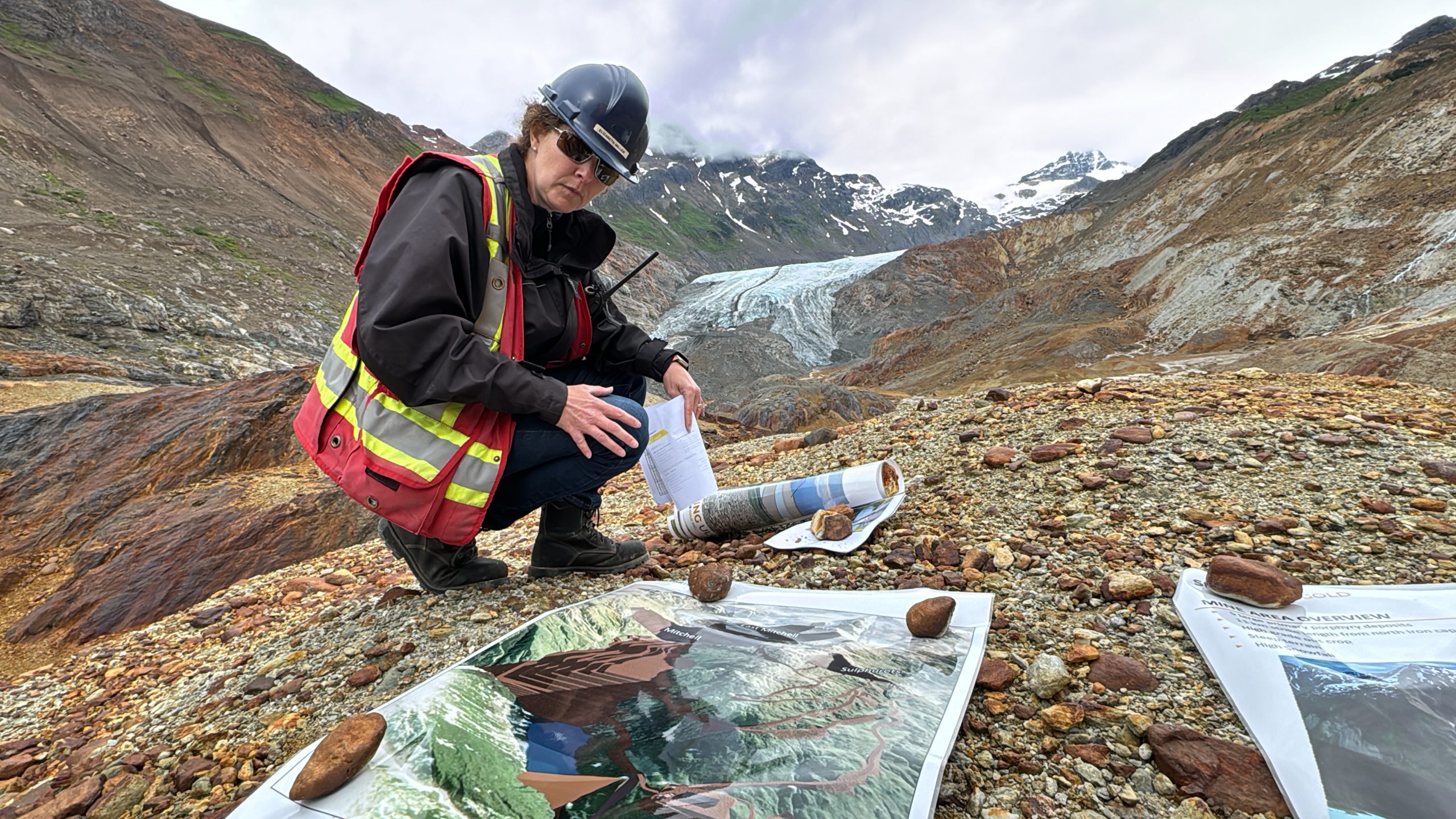The project, which hosts one of the world’s largest undeveloped copper-gold deposits, has been on hold since 2011 due to a dispute over the legality of its licensing process.
Barrick solved the long-running clash with Pakistan in March this year, reaching a preliminary out-of-court deal that cleared the path for a final agreement on how to run the mine and profit-sharing arrangements.
President and chief executive Mark Bristow said the completion of the legal processes was a key step in progressing Reko Diq into a world-class, long-life mine, which will boost Barrick’s copper portfolio.
The Toronto-based gold giant plans to invest $10 billion in the massive project, located in the southwestern province of Balochistan, bordering Afghanistan and Iran.
“We are currently updating the project’s 2010 feasibility and 2011 feasibility expansion studies. This should be completed by 2024,” Bristow said.
Two-phased plan
Reko Diq’s conceptual design calls for an open pit with a life of more than 40 years. It would be built in two phases, starting with a plant that will be able to process about 40 million tonnes of ore per annum, which could be doubled in five years.
Barrick plans to deliver production from Phase 1 in 2028 at a cost of around $4 billion, with Phase 2 to follow in five years at a cost of roughly $3 billion.
The gold miner owns 50% of Reko Diq, with the rest divided as follows — 25% by three federal state-owned enterprises, 15% by the Province of Balochistan on a fully funded basis and 10% by the Province of Balochistan on a free carried basis.
“Reko Diq’s ownership structure is a further manifestation of Barrick’s commitment to partnership with its host countries and communities and to sharing the value our operations create fairly with all our stakeholders,” Bristow said.
During peak construction, the project is expected to employ 7,500 people and once in production it will create 4,000 long-term jobs during the expected 40-year life of the mine.




